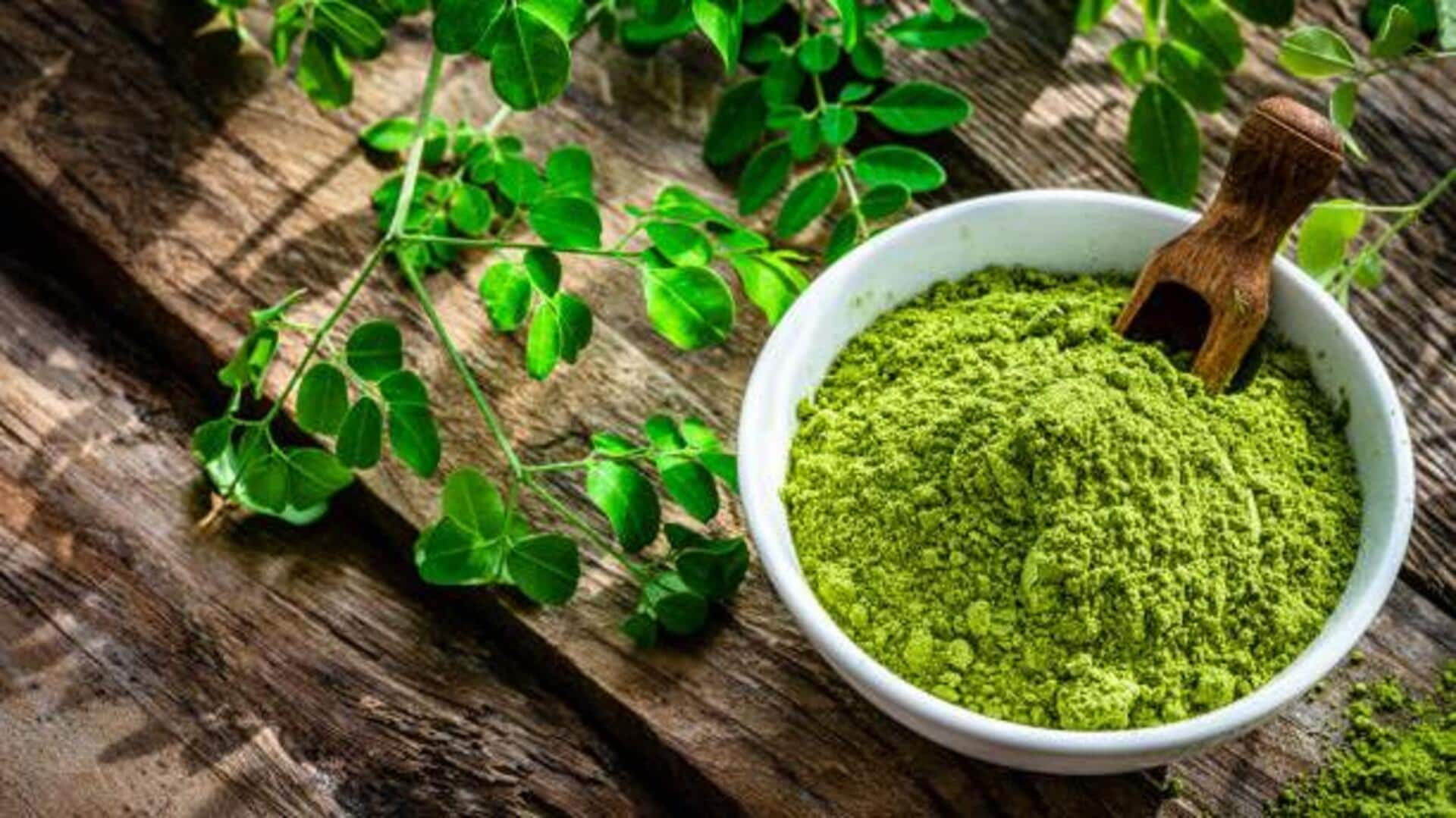
5 amazing uses of moringa leaves
What's the story
Often dubbed a superfood, moringa leaves have been used in Africa for centuries for their nutritional and medicinal properties. These leaves are filled with vitamins, minerals, and antioxidants that promote a host of health benefits. In several African communities, moringa serves not just as a dietary staple, but also as an integral part of traditional medicine. Here are five amazing uses of moringa leaves across the continent.
Health boost
Nutritional supplement
Moringa leaves are packed with essential nutrients like vitamin A, vitamin C, calcium, and potassium. They make for an excellent dietary supplement for people without access to a varied diet. In areas where malnutrition is common, including moringa in daily diets can make a world of a difference in health by supplying much-needed vitamins and minerals.
Healing properties
Traditional medicine
In African traditional medicine practices, moringa leaves are utilized for their anti-inflammatory and antimicrobial properties. They are commonly used in the treatment of ailments such as skin infections and digestive issues. The bioactive compounds found in the leaves assist in reducing inflammation and combating harmful bacteria.
Clean water solution
Water purification
Traditionally, moringa seeds have been used for the purpose of purifying water in rural African communities. When crushed into powder and mixed with water, they work as a natural coagulant. This helps remove impurities by binding them together, so that they can be easily filtered out or settled at the bottom.
Soil enrichment
Agricultural use
Farmers use moringa leaves as a natural fertilizer due to their high nutrient content, which enriches soil quality when decomposed or directly applied to crops through mulching techniques. The practice boosts crop yield without heavily relying on chemical fertilizers, while promoting sustainable agriculture practices across several regions within Africa.
Animal nutrition
Livestock feed
Moringa also makes for an excellent source of nutrition for livestock animals like goats or cows. It has protein levels on par with commercial feeds available today but at a much lower price. This makes it accessible even among small-scale farmers who may not afford expensive alternatives easily available elsewhere in the world.